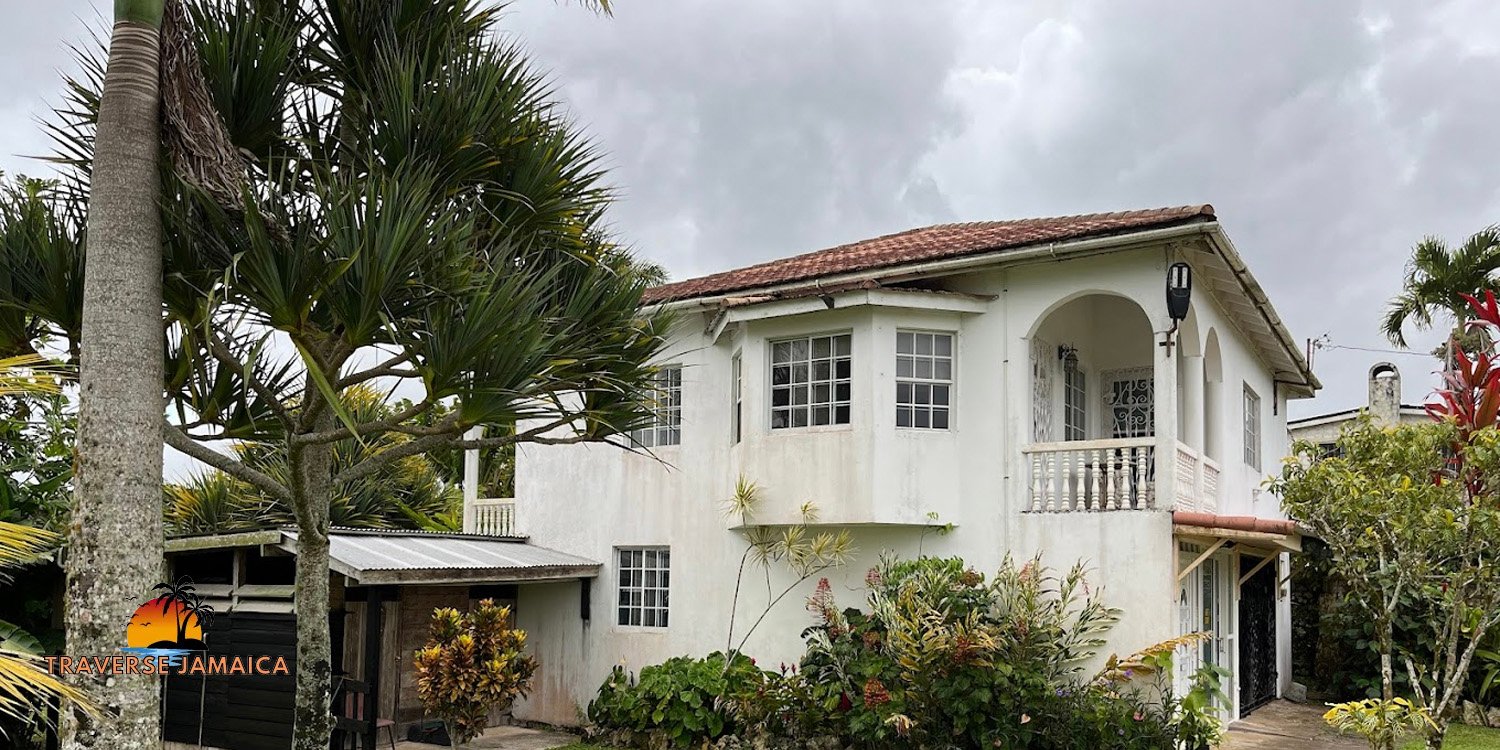The History and Legacy of Geddes Great House: A Timeless Jamaican Landmark
Introduction
Nestled in the verdant landscape of rural Jamaica, Geddes Great House stands as a testament to the island’s complex history. While it may not be as famous as other Jamaican heritage sites, this great house holds a special place in the island’s architectural and cultural narrative. To this day, it remains a vivid reminder of Jamaica’s colonial past and its ties to the island’s plantation economy.
In this article, we explore the history of Geddes Great House, how it earned its name, its significance throughout the centuries, and how it has evolved into a cultural and historical icon.
The Origins of Geddes Great House
Geddes Great House traces its roots back to Jamaica’s era of sugar plantations, when the British controlled the island and made it a centerpiece of their Caribbean empire. The great house was originally constructed during the late 18th century, a period when large estates were established to capitalize on the lucrative sugar trade. Like many great houses of its time, it was built on a sprawling sugar plantation, designed to be both a residence and a place of administrative control over the plantation.
The name “Geddes” is believed to come from the original family that owned the estate. The Geddes family, like many British settlers, acquired vast amounts of land and established a plantation that thrived during Jamaica’s colonial period. The great house served as the central hub of the plantation, with its architecture reflecting the British Georgian style that was popular at the time.
Architecture and Design of the Great House
The architecture of Geddes Great House is a key element of its historical appeal. Reflecting the Georgian style, which was predominant in 18th and early 19th century England, the house is symmetrical in design, with large windows and grand entrances. This style was favored by British plantation owners in Jamaica, as it showcased wealth and power.
Constructed with local materials, including Jamaican hardwoods, the house’s interior features spacious rooms, high ceilings, and intricate woodwork, providing natural ventilation to keep the house cool in the tropical climate. These architectural elements were not just practical but symbolic of the British colonial presence in Jamaica. The grandiosity of the house was meant to signal the prestige of its owners and the success of the plantation enterprise.
The house is surrounded by lush gardens and overlooks what was once acres of sugar cane fields. Today, the grounds offer a glimpse into the way of life of plantation elites, who lived in stark contrast to the enslaved people who toiled on the land.
The Role of Geddes Great House in the Plantation Economy
The estate on which Geddes Great House was built played a crucial role in the plantation economy of Jamaica. The 18th and 19th centuries saw Jamaica become one of the largest producers of sugar in the British Empire, and the wealth generated from this trade fueled the construction of great houses like Geddes.
The Geddes family, like many plantation owners, relied on the labor of enslaved Africans to cultivate and harvest sugarcane. These workers lived in harsh conditions, enduring long hours and brutal treatment, while the plantation owners lived in relative luxury. This dichotomy between the grand architecture of the great house and the difficult lives of the enslaved population is a reminder of the inequalities that defined colonial Jamaica.
The wealth produced from the plantation allowed for further expansion of the estate, which by the 19th century included additional agricultural ventures like coffee and livestock farming. The great house served as the administrative center, where decisions regarding the running of the estate were made.
The Decline of the Sugar Industry and Changing Ownership
By the late 19th century, the decline of the sugar industry due to competition from other sugar-producing colonies and the eventual abolition of slavery led to economic hardship for many Jamaican plantation owners. The Geddes family, like many others, faced financial challenges, and the estate changed ownership multiple times over the next century.
As the plantation economy collapsed, the great house and its surrounding estate began to deteriorate. Many great houses across Jamaica suffered similar fates, becoming dilapidated relics of a bygone era. However, Geddes Great House managed to survive thanks to the efforts of successive owners who saw the historical value in preserving the property.
Throughout the 20th century, Geddes Great House became a site of interest for historians and preservationists who sought to protect the legacy of these colonial structures. While it no longer functions as a working plantation, the house has been restored to reflect its former grandeur, offering visitors a chance to step back in time and experience the history of Jamaica’s colonial past.
Geddes Great House Today: A Historical Landmark
Today, Geddes Great House serves as an important cultural and historical site in Jamaica. Though no longer a private residence, the house has been opened to the public as a museum and heritage site. Visitors can explore the house and its grounds, gaining insight into the lives of both the plantation owners and the enslaved people who worked on the estate.
The restoration of the house has been meticulous, with attention paid to preserving its original features while ensuring its structural stability. Artifacts from the plantation era, including furniture, tools, and documents, are on display, offering a glimpse into the day-to-day operations of the estate and the stark realities of life during that period.
In addition to its role as a museum, Geddes Great House hosts cultural events and educational programs aimed at promoting Jamaica’s rich history. These events often focus on the legacy of colonialism, slavery, and the contributions of African culture to the island’s development.
The Legacy of Geddes Great House
The significance of Geddes Great House lies not only in its architectural beauty but also in its role as a witness to the dramatic changes that shaped Jamaica. From the height of the sugar industry to the abolition of slavery, the house stands as a symbol of both prosperity and suffering, luxury and exploitation.
For descendants of the enslaved population, the house holds deep historical and emotional significance. It is a reminder of the resilience of their ancestors, who endured unimaginable hardships yet laid the foundation for the cultural richness that defines Jamaica today.
Moreover, the preservation of Geddes Great House is part of a larger effort to protect Jamaica’s architectural heritage. In a country where modern development often threatens historical sites, the great house serves as a reminder of the importance of preserving the past for future generations.
Conclusion
Geddes Great House is more than just a beautiful estate; it is a living piece of history. Its walls tell the story of Jamaica’s colonial past, its role in the plantation economy, and the legacies of slavery and resilience that continue to shape the island’s identity. Through careful restoration and preservation, Geddes Great House remains a vital part of Jamaica’s cultural heritage, offering visitors a unique opportunity to reflect on the country’s complex history.
As we look to the future, Geddes Great House will continue to be a focal point for historical education, cultural celebration, and remembrance of Jamaica’s rich and multifaceted past.









